The Essential Guide to Sales Funnels
Sales funnels are critical components in the marketing and sales processes that guide potential customers through their journey from awareness to purchase. Understanding how to effectively design and optimize sales funnels can significantly boost your conversion rates and ultimately increase revenue. This guide will cover the essential elements of sales funnels, the stages involved, and provide links to helpful resources.
What is a Sales Funnel?
A sales funnel is a visual representation of the customer journey, illustrating how potential customers move through different stages before making a purchase. It helps businesses understand customer behavior, identify obstacles, and develop targeted marketing strategies. The funnel metaphor suggests that while many prospects enter the top of the funnel, only a small percentage make it to the bottom and become customers.
Stages of a Sales Funnel
-
Awareness: This is the top stage of the funnel, where potential customers first become aware of your brand or product. Marketing efforts at this stage often involve advertising, content marketing, social media, and SEO.
-
Interest: In this stage, prospects show interest in your product or service. They might visit your website, download a free resource, or sign up for a newsletter. Engaging content is crucial here to keep their attention.
-
Consideration: At this point, potential customers are evaluating their options. They may compare your offerings with competitors. Providing detailed product descriptions, testimonials, and case studies can help sway their decision.
-
Intent: Here, prospects demonstrate an intention to purchase. They might add items to their cart or request a demo. It’s essential to provide incentives, such as discounts or free trials, to encourage them to proceed.
-
Evaluation: In this stage, customers are close to making a decision. Addressing any last-minute objections through FAQs, live chat support, or personalized follow-ups can be effective.
-
Purchase: The bottom of the funnel is where the conversion happens. A seamless checkout process and excellent customer support can enhance their experience and lead to repeat business.
-
Post-Purchase: Although not traditionally included in sales funnels, post-purchase engagement is crucial for customer retention. Follow-up emails, loyalty programs, and feedback requests can help maintain relationships and encourage repeat purchases.
Building an Effective Sales Funnel
1. Define Your Target Audience
Understanding your target audience is essential for creating a sales funnel that resonates with them. Conduct market research to identify their needs, preferences, and pain points.
2. Create Compelling Content
Engaging content is key to guiding prospects through the funnel. This includes blog posts, videos, infographics, and lead magnets that address your audience’s pain points and interests.
3. Utilize Marketing Automation
Automating your marketing efforts can streamline the funnel process and improve efficiency. Use tools for email marketing, lead scoring, and customer relationship management (CRM).
4. Monitor and Optimize
Regularly analyze your sales funnel’s performance to identify areas for improvement. Track metrics like conversion rates, drop-off rates, and customer feedback to make data-driven adjustments.
- Resources:
Conclusion
Sales funnels are a vital part of any business’s marketing strategy. By understanding the stages of a funnel and implementing effective strategies, you can enhance customer experiences, improve conversions, and drive revenue growth. Explore the linked resources to deepen your understanding and refine your sales funnel strategies.
For further reading on sales funnels and to explore more resources, check out the following websites:
Implementing the strategies outlined in this guide can set your business on the path to success.
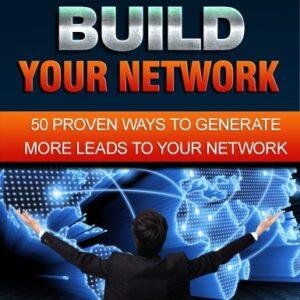
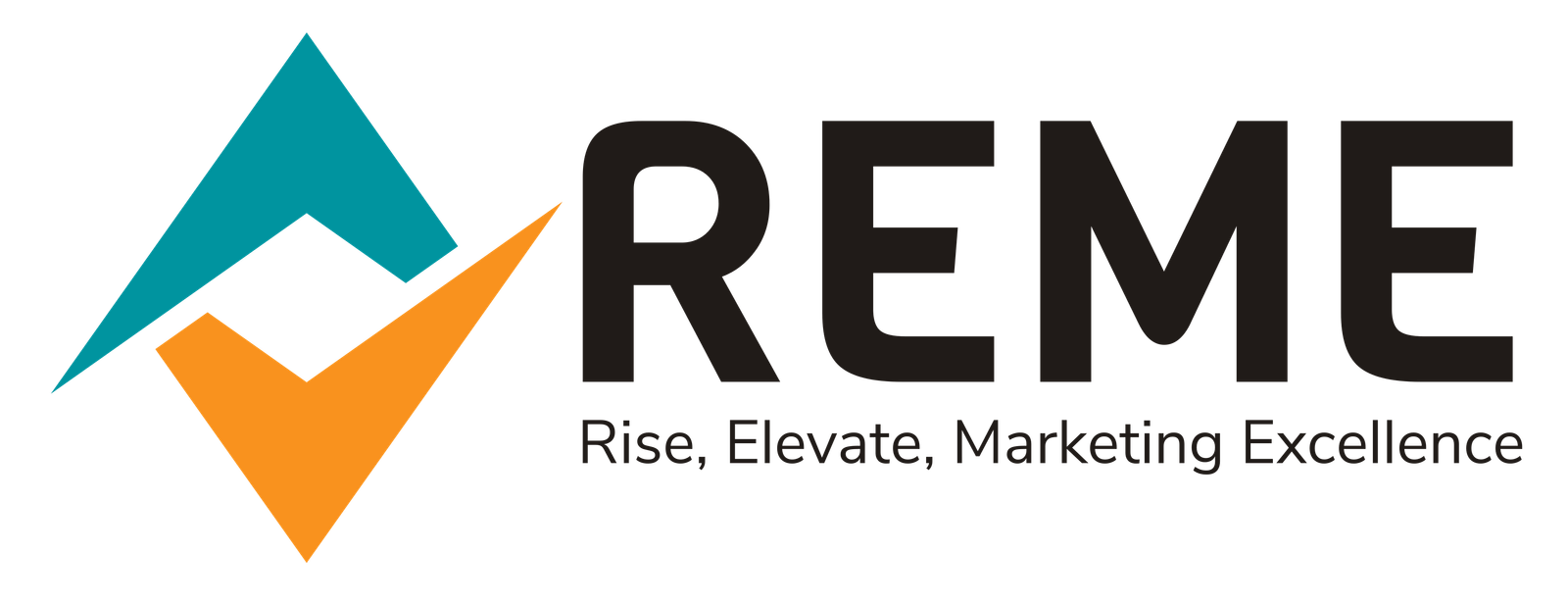
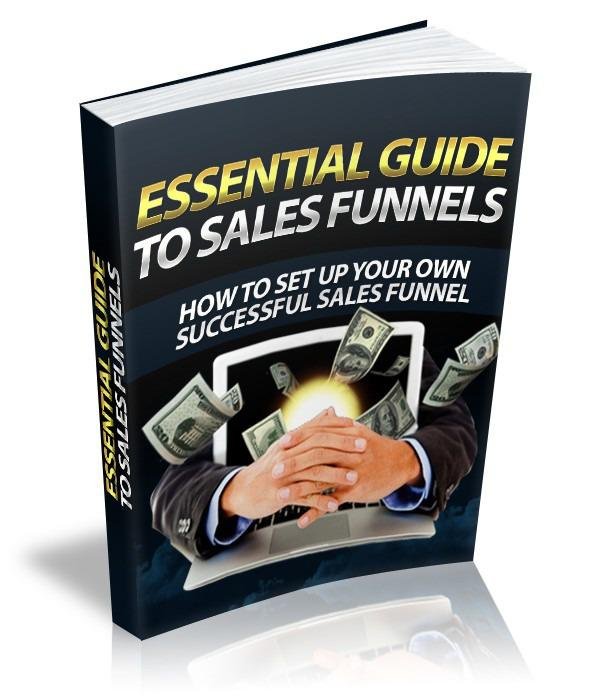
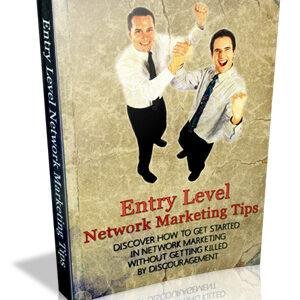
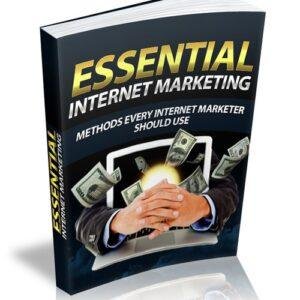



Reviews
There are no reviews yet.